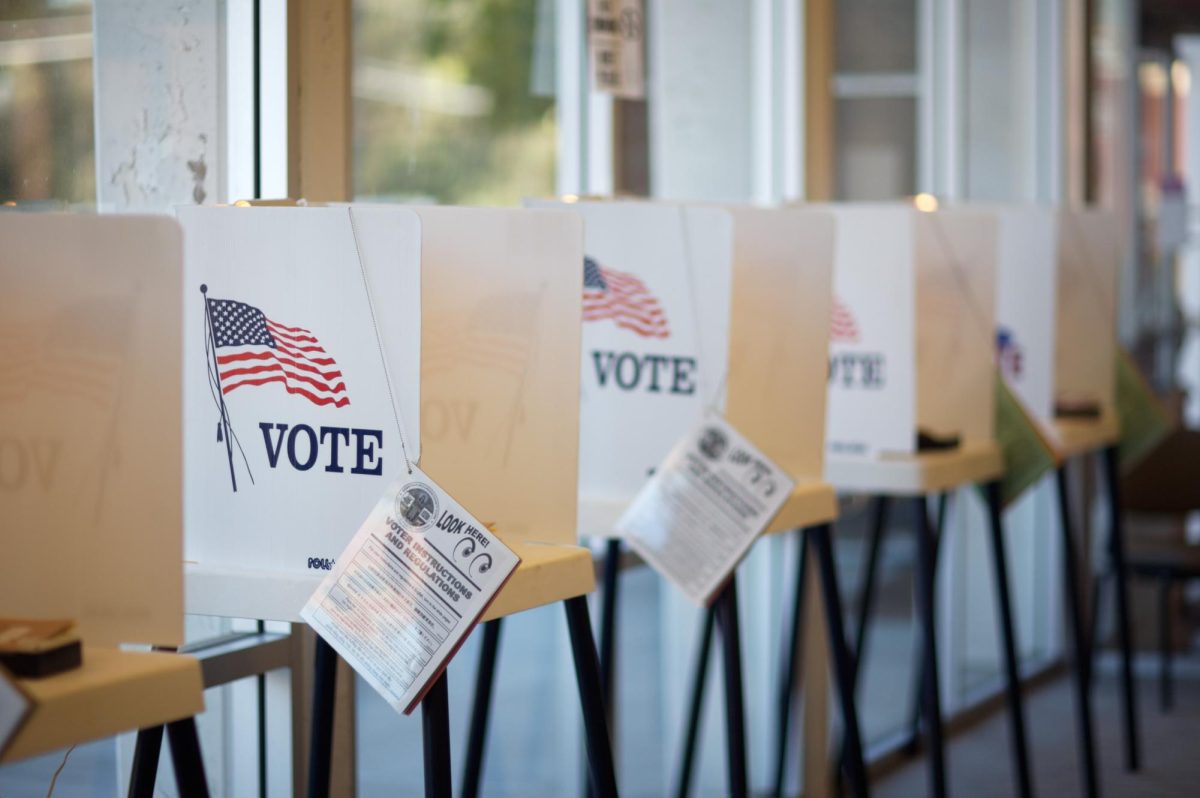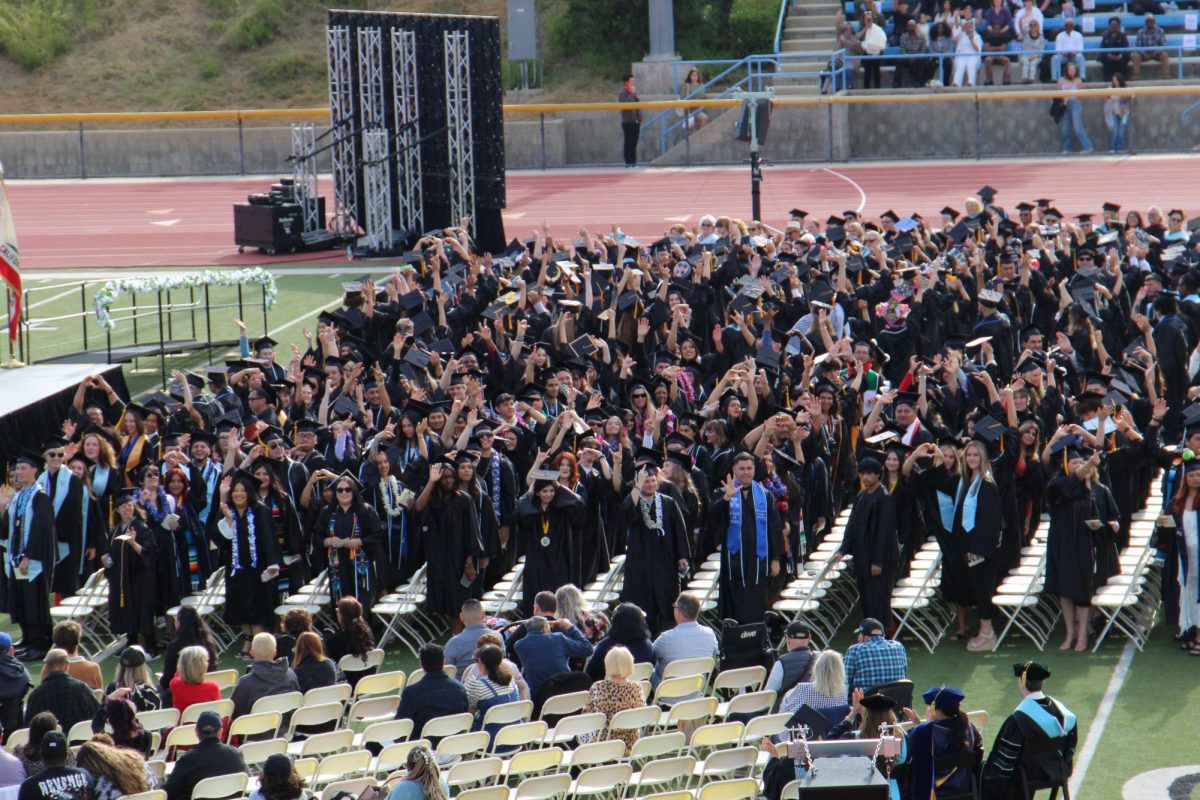|
There are over 1.4 billion people living in extreme poverty in the world today. Extreme poverty is defined as living on sometimes less than $1 a day.
The majority of these people living in such conditions are in Southern Africa and Uganda. In Uganda today, 52 percent of the population is living in extreme poverty and 80 percent living in poverty.
To help spread awareness to students today, BeadforLife gave a presentation as a part of Multicultural Day.
BeadforLife was started in 2004 after a chance encounter with an Ugandan woman led to the idea that women could help pull their families out of extreme poverty while feeling like they’ve worked and earned money as opposed to just accepting handouts.
BeadforLife is a nonprofit organization that teaches women how to make jewlery out of recycled papers and sells the products to pay the workers money to help provide food and better shelter for them and their families.
Speaker Staci Moore made it clear that one of the keys to BeadforLife is helping the women gain confidence to move on to bigger things than just beads.
“The goal is for them to eventually start their own business, move out and do their own thing,” said Moore.
The BeadforLife program is dedicated to helping those in extreme poverty first and foremost so every potential worker is screened and interviewed prior to employment.
Once accepted, the worker will be a part of the program for two years, all the while putting money into a savings account. For 75 percent of the workers, it’s their first time having a bank account, making $5-$7 a day, which ends up being more then even some Ugandan teachers are making.
BeadforLife has also opened a living community called “Friendship Village” due to the many different tribes who live in the areas’ 132 homes.
In the last year, BeadforLife has had astounding success with 99 percent of the workers reporting that they believe their lives have improved since starting work, 98 percent reporting improved health and 96 percent reporting an improved diet.
There were over 25 attendees and each one seemed to be moved in a unique way by the stories. For student Crystinna Chev, a 20-year-old political science major, the event was a chance to see how another culture gets along and how she can get involved in helping.
“My class wanted us to each choose at least one event to go to, and this one just sounded really interesting,” said Chev.
Britney Spencer, 20, political science, also chose the event as part of class assignment but the decision was made difficult by event planning for the day.
“All relations oriented activities were in one block so I had to just pick one of them instead of sampling all of them like I wanted to do,” she said.
The presentation was topped off with the chance for all attendess to try their hand at rolling one bead, though the task only takes Ugandan workers 30 seconds to complete. Spencer noted the difficulty trying for the first time: “It’s taken me like, five minutes to just roll one.”
That kind of hands-on experience helped to spread Helen Keller’s famous thought, “Alone we can do so little. Together we can do so much.”
For Multicultural Day, BeadforLife helped move at least 25 people closer to those in need of real help throughout the world.
|






